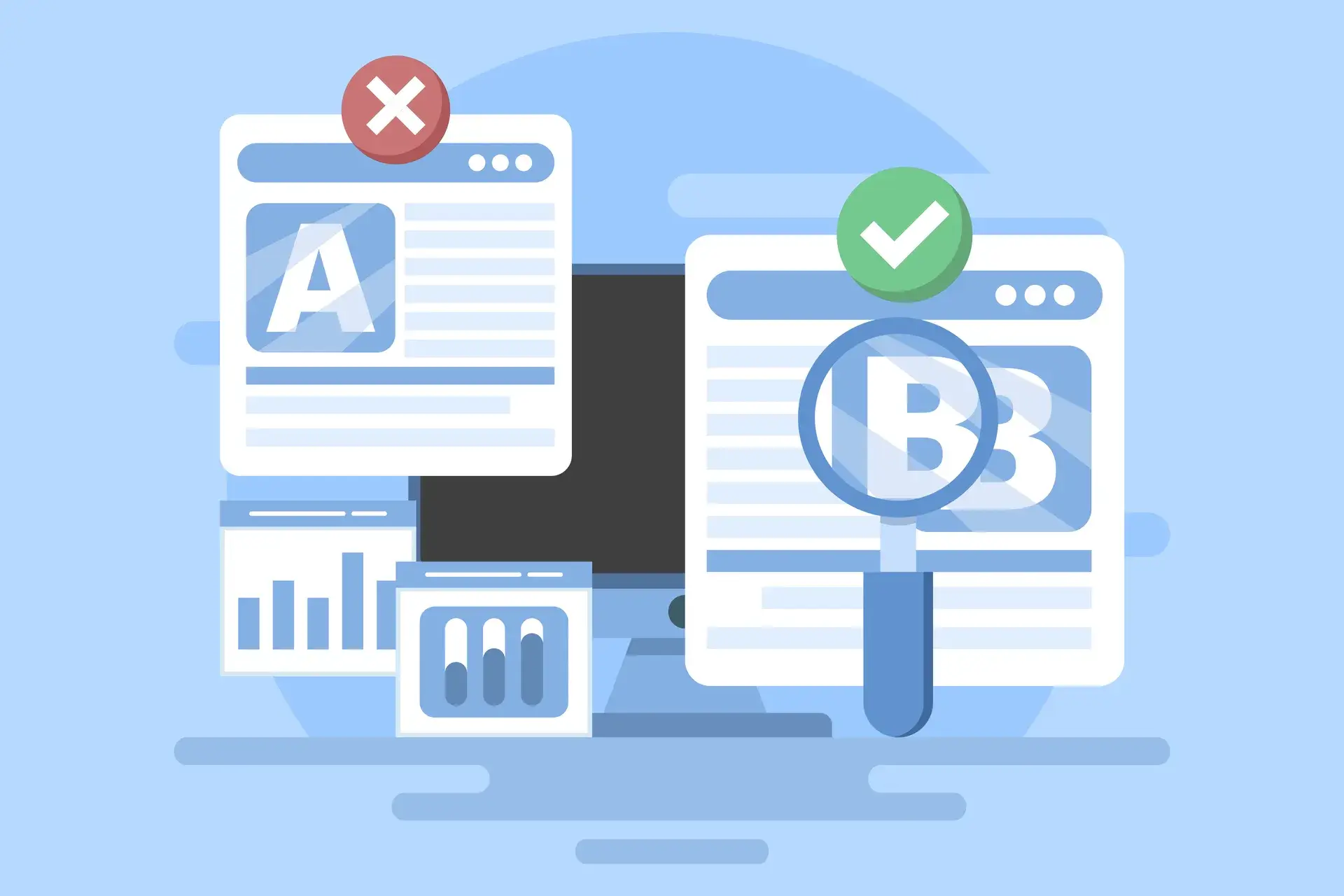User experience (UX) testing is essential for businesses seeking to provide an engaging and efficient interface for their users. In Cape Town, many organizations are focusing on UX testing techniques to enhance customer satisfaction and boost conversions. In this article, we will explore effective UX testing techniques that can be implemented to refine your digital products, ultimately leading to improved user experiences.
Understanding UX Testing
UX testing entails evaluating a product’s usability with actual users. The goal is to identify any usability issues, uncover user needs, and enhance the overall experience. By employing various techniques, businesses can gather valuable insights to inform design decisions.
1. Usability Testing
Usability testing involves observing users as they interact with your product. This approach helps discover pain points and areas of confusion. Consider these steps for effective usability testing:
- Define Goals: Establish what you want to learn from the testing.
- Select Participants: Choose users who represent your target audience.
- Conduct Sessions: Facilitate tasks and observe user interactions while documenting feedback.
2. A/B Testing
A/B testing involves comparing two variations of a webpage or app to determine which performs better. Here’s how to execute it:
- Create Variations: Develop two different versions, altering only one element.
- Collect Data: Monitor user interactions and conversion metrics.
- Analyze Results: Determine the winning variant based on user behavior.
3. Heatmaps
Heatmaps provide visual representations of user activity on a webpage, showing where users click, scroll, and hover. Implement heatmaps to:
- Identify hot spots of user engagement.
- Analyze user behavior patterns.
- Refine design elements based on actual usage.
4. Surveys and Feedback
User feedback is invaluable in understanding user needs and pain points. Techniques include:
- Post-Task Surveys: Ask users to rate their experience after completing specific tasks.
- Net Promoter Score (NPS): Measure customer loyalty by asking how likely users are to recommend your product.
5. Contextual Inquiry
Contextual inquiry involves observing users in their natural environment to understand their interactions better. Steps include:
- Conducting interviews while users interact with the product.
- Taking notes to capture context and nuances in behavior.
Conclusion
Implementing effective UX testing techniques in Cape Town can significantly enhance your digital products' usability and user satisfaction. By employing methods such as usability testing, A/B testing, heatmaps, surveys, and contextual inquiry, you can gather valuable insights that lead to a superior user experience. If you’re looking to improve your digital presence, reach out to Prebo Digital for expert guidance in UX testing and web design!




